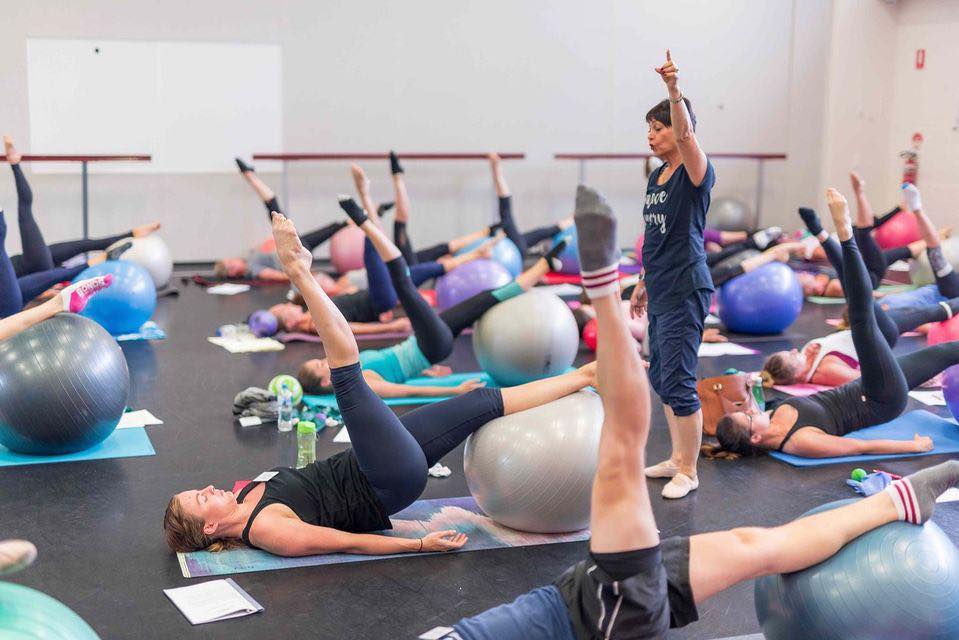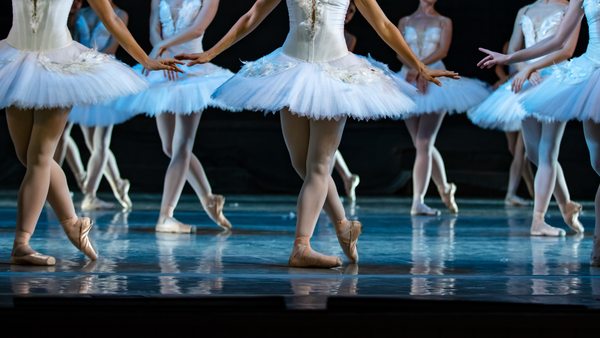Physiotherapist Analysis of PBT
Progressing Ballet Technique (PBT) is a relatively new approach to ballet training that has gained popularity in recent years. Developed by Marie Walton-Mahon, a former professional ballet dancer and qualified teacher recognized all over the world.
One of the key benefits of PBT
PBT focuses on building strength and stability in the core and lower body. This is essential for dancers, as they require a strong core and stable base to perform the intricate and demanding movements required in ballet.
Progressing Ballet Technique incorporates exercises that focus on the deep core muscles, such as the transverse abdominis and pelvic floor muscles, which are essential for providing stability and control in dance movements. These exercises help to improve core strength, stability, and control, which can lead to improved balance, alignment, and posture.
From a physiotherapist's perspective, ballet is a highly demanding form of dance that requires dancers to have exceptional strength, control, flexibility, and balance. In order to perform ballet movements correctly and safely, dancers need to have a solid foundation of physical fitness and body awareness.
PBT has several potential benefits for dancers.
One of the significant benefits of PBT is that it focuses on building strength and stability in the core and lower body. This is essential for dancers, as they require a strong core and stable base to perform the intricate and demanding movements required in ballet.
Another advantage of PBT is that it focuses on proper alignment and posture. Injuries caused by poor alignment and posture include stress fractures, muscle strains, and joint pain. PBT can help dancers reduce their risk of injury and improve their overall performance by focusing on proper alignment and posture.
PBT includes elements of Pilates
This technique also includes elements of Pilates, a type of exercise that focuses on developing strength, flexibility, and control. Pilates exercises are extremely effective at strengthening the core muscles, which are essential for dancers. Dancers can improve their balance, stability, and control by incorporating Pilates into their training, which can lead to better performance and a lower risk of injury.
Furthermore, PBT incorporates the use of various props, such as resistance bands and balls, to help dancers improve their technique and strengthen specific muscle groups. These props can be used to target specific areas of the body that are commonly used in ballet, such as the hips, legs, and feet.
Overall, PBT has the potential to be an effective training method for dancers of all levels. By focusing on strength, alignment, posture, and control, PBT can help dancers improve their technique, reduce their risk of injury, and enhance their overall performance.
Concluding a Physiotherapist Analysis of PBT
In conclusion, PBT is a highly effective training method for ballet dancers, providing numerous benefits for both technique and injury prevention. Through its focus on core strength, proper alignment, and specific muscle groups, PBT can help dancers achieve greater control, stability, and flexibility.
Additionally, PBT can play an important role in injury prevention by addressing common issues such as muscular imbalances and poor technique. As such, it is no surprise that PBT has gained popularity among dance professionals and students alike and continues to be widely used in ballet training today.

For those interested in learning more about PBT, a range of workshops and classes are available for dancers and teachers of all levels. These workshops offer a comprehensive introduction to PBT techniques and provide practical guidance for incorporating PBT into your dance training or teaching practice.
Whether you are a professional dancer or a dance student looking to improve your technique, PBT is a valuable tool that can help you achieve your goals while maintaining optimal physical health.






